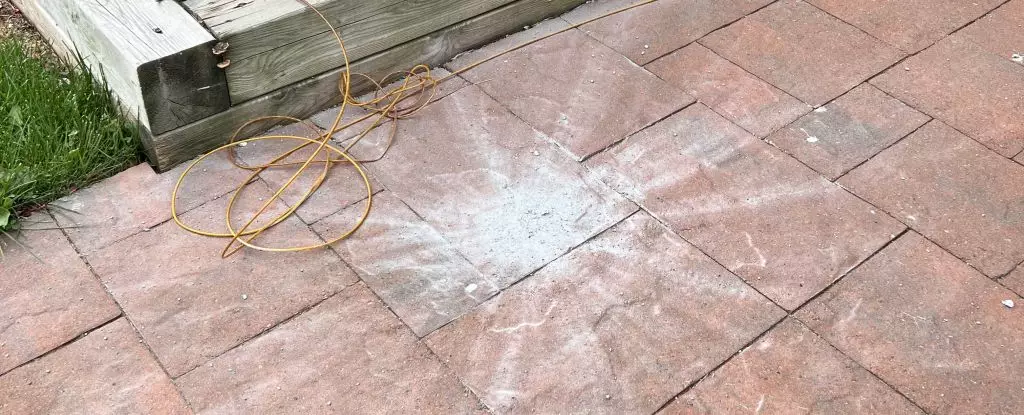The digital age has radically transformed how we capture and interpret extraordinary events in our lives. With the proliferation of cameras—whether from smartphones or security devices—moments that were once ephemeral can be documented and preserved. In a remarkable instance from July 2024, two residents of Charlottetown, Prince Edward Island, unwittingly ushered in a breakthrough in meteorite observation. Their home security camera recorded not only the falling of a meteorite but also the startling sound of its impact against the ground. This incident has piqued interest across scientific communities, igniting discussions about the implications of such documentation for both meteorite science and amateur astronomy.
A Unique Encounter with Cosmic Debris
Joe Velaidum and Laura Kelly were enjoying a routine evening walk with their dogs when they inadvertently became part of a fascinating cosmic event. Upon returning home, they discovered debris on their walkway—pieces of what would later be confirmed as a meteorite. Initially, they were unaware of the significance of the event that had just transpired. Their realization came only after conversations with family neighbors who mentioned hearing a loud noise. This pivotal moment led Velaidum to review footage from their Ring doorbell camera. The visual and auditory documentation captured a phenomenon that had astrobiologists and geologists buzzing with excitement.
The footage unearthed historical significance; according to Dr. Chris Herd, a geologist at the University of Alberta, the event might represent the first documented sound of a meteorite falling to Earth. This breakthrough suggests that the couple did not merely witness an ordinary rock fall but were key figures in a rare scientific event. “What a way to announce one’s presence—loudly and spectacularly,” Herd remarked, underscoring its uniqueness in the annals of meteorite discoveries.
Meteorite falls are captivating not only because of their rarity but also due to the scientific insights they provide. Every day, approximately 48.5 tons of meteoritic material enters Earth’s atmosphere. Yet, most of it is vaporized before it ever reaches the ground. Statistically, significant chunks—large enough to be classified as fireballs—occur just a few dozen times each year. Only a small fraction of these survives the harsh atmospheric re-entry to land on solid ground, often favoring oceans or uninhabited areas.
The fragments recovered from the Velaidum-Kelly property belonged to a category known as ordinary chondrites, which are fundamental in planetary science. These meteorites contain primordial materials from the early Solar System, offering glimpses into the conditions that shaped our planetary neighborhood. Their study can elucidate the mineralogy of formation processes and may even shed light on theories regarding the solar system’s evolution.
The excitement of finding such materials is bittersweet for those who might yearn for cosmic interaction themselves. Despite the romantic notion of experiencing a meteor strike firsthand, history reflects that such occurrences are exceedingly rare. Notably, only a handful of incidents account for meteorites that have directly struck individuals. For instance, the notable case of Ann Hodges being struck in Alabama in 1954 remains uniquely disturbing and fascinating.
The Charlottetown incident exemplifies a growing trend where amateur astronomers can engage with the wider scientific community thanks to advancements in technology. The accessibility of high-quality imaging and recording devices enables ordinary citizens to inadvertently contribute to important discoveries in fields traditionally dominated by trained scientists. Today’s technology has normalized the documentation of remarkable phenomena, as witnessed in several viral videos of celestial events.
Indeed, the excitement does not have to be reserved for those lucky enough to witness a meteor fall. Individuals can partake in a more subtle form of meteor hunting by searching their gutters for minute specks of cosmic dust—though distinguishing this dust from the remnants of more terrestrial contaminants remains a challenge.
As this extraordinary event underscores, anyone might encounter the wonders of the universe on their doorstep; all we need is a keen eye, a dose of curiosity, and the right technology to capture the moment. Therefore, while Joe Velaidum and Laura Kelly may consider themselves fortunate, they represent all of us who look up at the night sky wondering what may fall next.


Leave a Reply